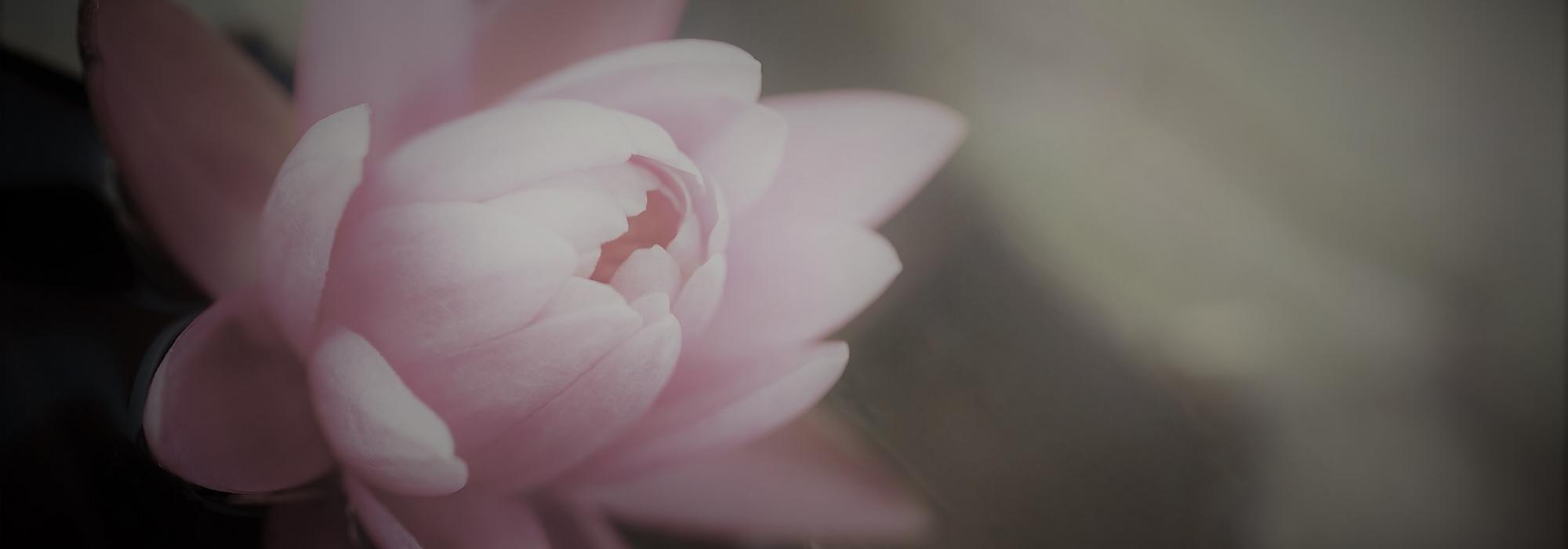The Bāla-carita is a play based on the childhood of Bhagavān Śrī-kṛṣṇa. The following is the summary of the plot: Vasudeva crosses the river Yamunā, reaches the village on the farther shore, hands over his child Kṛṣṇa to Nandagopa, and brings back the latter’s girl child, who was dead. He hands over the child to Devakī. The five āyudhas and Garuḍa serve Śrī-kṛṣṇa; Yamunā paves the way to Vasudeva on his way to Gokula and parts as he returns to Mathurā as well. The curse pronounced by ṛṣi Madhūka appears before Kaṃsa in the form of caṇḍālas – they appear as Alakṣmī, Khalatī, Kālarātrī, Mahānidrā, and Piṅgalākṣī; they start residing in his palace. Kaṃsa asks Vasudeva to present the newborn before him; but to his astonishment, the child takes the form of Kātyāyanī; with her parivāra consisting of Kuṇḍodara, Śūla, Nīla, and Manojana all in the disguise of cowherds, she heads to Gokula. The little village of Gokula started flourishing with wealth and resources from the time Kṛṣṇa arrived at the place. The little boy vanquishes Pūtanā, Dhenukāsura, and other rākṣasas; he engages himself by playing with Balarāma and the gopikās. Kṛṣṇa also slays Vṛṣabhāsura. In the meantime, Kaṃsa commands them to attend the dhanurutsava that he was celebrating with much pomp; Kṛṣṇa and Balarāma, accordingly, head to Mathurā. They come across Rajaka and Kubjā on their way and comfort them. The brothers defeat Cāṇūra and Muṣṭika and slay Kaṃsa. Following this, Ugrasena is coronated as the king of Mathurā. The play concludes with a pūjā performed to Śrī-kṛṣṇa.
The above is the summary of various acts of the play. Loosely put, the story of the daśama-skandha, i.e., the tenth book of the Bhāgavata-purāṇa is captured in the play; however, it is hard to say how well-versed Bhāsa was with the original and how much creative liberty he has exercised; we say this because the story presented by the poet in his play is different from those seen in the Bhāgavata-purāṇa, Harivaṃśa, and Viṣṇu-purāṇa. The difference is, perhaps, evident to the readers from the summary of the story mentioned above. There are differences in other smaller details. For instance – In Bhāsa’s play, Śrī-kṛṣṇa is the seventh child of Devakī and not the eighth one.[1] Kaṃsa attempts to kill Balarāma and Kṛṣṇa in Bhāsa’s narrative as well; however, he is not portrayed as cruel as he is depicted in the Bhāgavata-purāṇa. It is curious to note that the Bāla-carita does not narrate Kṛṣṇa’s frolic with the gopikās. Nevertheless, we can say that this play can have an enrapturing effect on the audience if staged with brilliant costumes and sets. In Patañjali’s times, the play Kaṃsa-vadha appears to have been popular. However, it is hard to say what the exact nature of the play was and if it influenced Bhāsa in his composition of Bāla-carita.
Among the plays based on the Mahābhārata, Pañcarātra occupies a preeminent place; its aesthetic importance is similar to that of Svapna-vāsavadatta and Pratimā-nāṭaka among those based on the story of Udayana and Rāmāyaṇa respectively. In Pañcarātra, we find Bhāsa bringing out his full potential as a creative artist. The play consists of three acts and falls under the genre Samavakāra. The plot is connected with the episode of the Uttara-go-grahaṇa, but the name of the play, unfortunately, does not indicate anything about the plot. The poet has interpolated the story of the Mahābhārata and has imagined it to be a story of five nights (pañca+rātra).
During the ajñāta-vāsa[2]of the Pāṇḍavas, Duryodhana takes a vow that he will perform a special yāga, do an ācārya-pūjā[3] for Droṇācārya and offer him dakṣiṇa as per his desire. During the pūjā, Droṇācārya asks Duryodhana to offer half of his kingdom to the Pāṇḍavas. While Duryodhana wishes to give the kingdom, Śakuni prevents him from doing so by saying, “If it is possible to get information about the Pāṇḍavas in the next five nights, we will offer them half the kingdom.” Droṇācārya agrees to the to the condition upon the insistence of Bhīṣma. By then, they had heard the news that Kīcaka was killed; Bhīṣma deduces that Bhīma’s hand is behind this and declares that he will wage a battle against Virāṭa; claiming that he had some unresolved enmity with Virāṭa and abducts their cows.
Before King Virāṭa sets out to wage the war, Uttara goes to the battlefield with Bṛhannalā as his charioteer. Bṛhannalā, who is actually Arjuna in disguise shoots arrows at the Kauravas. In no time, Droṇa and Bhīṣma recognise him and refrain from battling further; the other Kauravas continue to fight and eventually lose. Bhīma goes on foot and captures Abhimanyu. Because of Uttara, the real identity of the Pāṇḍavas is revealed.
Virāṭa decides to give his daughter Uttarā in marriage to Abhimanyu and conveys this auspicious news to the Kaurava camp. Thus, Duryodhana is convinced that the identity of the Pāṇḍavas is indisputable and declares that he will offer half the kingdom to them.
This is the summary of the play and constitutes merely a dry outline. The beauty of the play lies in the aesthetic blend of characters, dialogues, and plot development that the poet has achieved; it resides in ukti-vaicitrya – curvature and obliqueness in expression. These cannot be captured through words in any other language; it has to be enjoyed in the original. The Virāṭa-parva is like a wild tree and iron ore; the play Pañca-rātra is like a melodious vīṇā made by sculpting the forest wood and its strings made out of finely cast iron.
The current series of articles is an enlarged adaption of Prof. A. R. Krishnasastri's Kannada treatise Saṃskṛta-nāṭaka. They are presented along with additional information and footnotes by Arjun Bharadwaj.
[1] The Neminātha-purāṇa, Nemijineśa-saṅgati, and other Jaina works say that Devakī gave birth to twins thrice and through her fourth pregnancy gave birth to Śrī-kṛṣṇa; he was thus the seventh child of his parents. This is similar to the girl child born to Nandagopa.
[2] The duration of their stay incognito in Virāṭa’s kingdom.
[3] Worship of the teacher











































